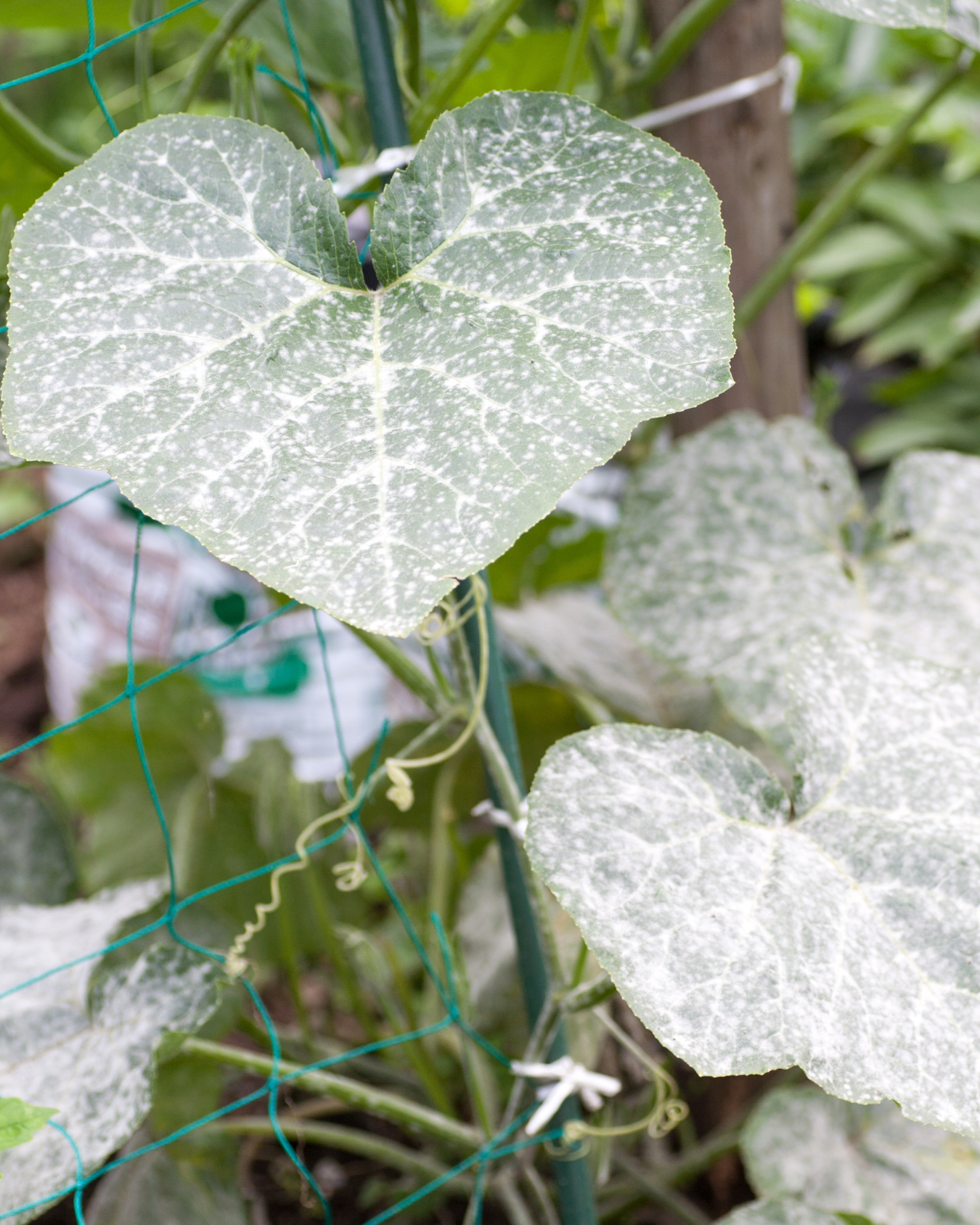Powdery Mildew: The Unwelcome Powdery Garden Guest and How to Evict It from Your Denver Garden
Powdery mildew is the uninvited guest that loves to crash your garden party. Easily recognized by its telltale whitish powdery spots or patches, this pesky plant disease can turn your lush garden into a powdery mess in no time.
Here's how to identify, prevent, and evict powdery mildew from your Denver garden.
In this blog, you’ll learn:
How to Spot Powdery Mildew
What Powdery Mildew Loves
Preventing Powdery Mildew
Getting Rid of Powdery Mildew
Are we connected on Instagram yet?
Give me a follow: @auntiemsgarden
Spotting Powdery Mildew in Your Denver garden
Keep an eye out for those powdery spots on leaves, stems, and flowers - especially squash, cucumbers, peas, and a wide variety of ornamental plants like lilac and peony.
If your plants look like they've been dusted with powdered sugar, you've likely got powdery mildew.
READ NEXT:
What Powdery mildew loves
Warm, dry climates are like a five-star resort for powdery mildew - which is exactly what we have in Denver in August! Succulent tissue is especially inviting for this fungus.
In Colorado, powdery mildew commonly affects a variety of plants, particularly those in gardens and landscapes. Some of the plants most susceptible to powdery mildew include:
Vegetables: Cucumbers, squash, melons, and other cucurbits are highly prone to powdery mildew.
Fruits: Grapes and apples can also be affected.
Flowers and Ornamentals: Roses, zinnias, and begonias frequently show signs of powdery mildew.
Trees and Shrubs: Lilacs and deciduous trees like oaks and maples can also suffer from this.
Preventing Powdery mildew takeover
Resistant Varieties: Planting resistant or tolerant varieties is like giving powdery mildew a "Do Not Enter" sign. Always opt for these varieties when available.
Fertilization: Skip the late summer nitrogen fertilizer. Too much can create a buffet for powdery mildew, leading to more infection.
Targeted pruning: Removing leaves that are beginning to show signs of the fungus can be pruned and thrown in the garbage
READ NEXT:
Evicting Powdery Mildew from you denver garden
Cultural Controls: Team up chemical treatments with good gardening practices for the best defense. Space your plants properly to ensure good air circulation and regularly prune away any infected parts.
Holistic treatment: Spray affected leaves with a mixture of ⅓ milk to ⅔ water when the sun is out. The milk proteins can act as an anesthetic but only when exposed to sunshine.
Chemical Treatments: Fungicides (like copper fungicide) can be your best friend when battling powdery mildew. Just be sure to follow the instructions for the best results.
P.S. Some varieties of squash have variegated leaf coloring. This is normal, and not powdery mildew.
Example of normal variegated leaf:
With these tips, you can give powdery mildew the boot and keep your garden flourishing. By choosing resistant plants, avoiding late-season nitrogen, and combining cultural and chemical controls, you’ll be well on your way to a healthier, happier garden.
Have questions or want to share your gardening success stories?
Drop a comment below, or reach out through our Contact Page!
Check out our free resources or services!
Save this Blog on Pinterest!
**This post may contain affiliate links, which means I earn a small profit if you click on the link to make a purchase. Other links are not sponsored, because I also like supporting small, local businesses.**
Meet the Gardener
I’m Elisa Mack - a mom and Denverite who went from being a green-ish thumb to a kitchen garden fanatic simply by dedicating myself to the study of all things Colorado gardening.
Landscapers don’t design. And nurseries don’t make house calls.
We take a more full-service approach, from designing your dream garden to keeping it beautiful year-round.
And as your coach, I’ll help eliminate the guesswork through every season, no matter your level of knowledge.














